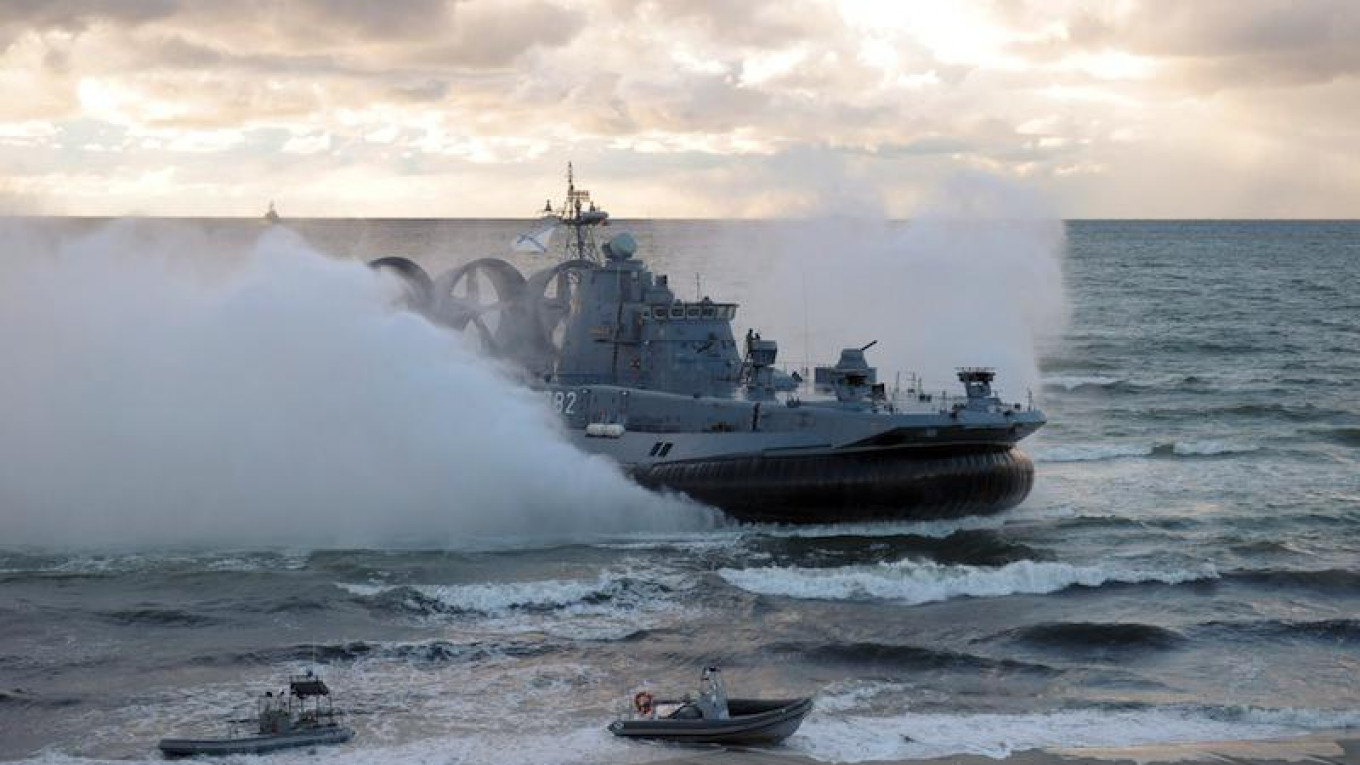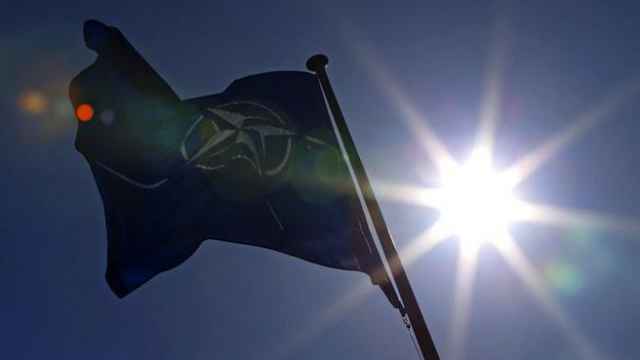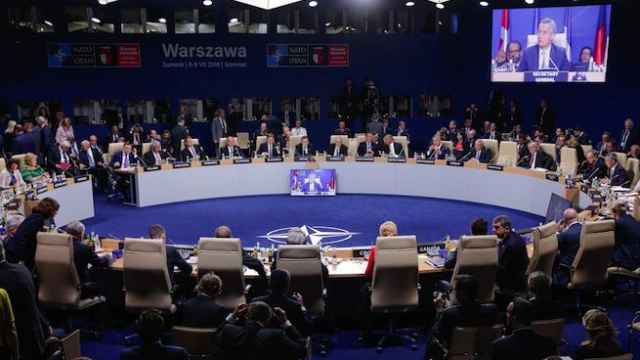Over the past two years, the Russian military and the Western NATO military alliance have watched each other along the dividing lines of Eastern Europe. With each side suspicious of the other’s intent, deployments have been matched by deployments.
On Sept. 18, NATO took another step toward reinforcing its eastern flank.
Four NATO battalions, totaling about 4,000 troops, will be deployed to the Baltic region no later than May 2017, the alliance announced. Unlike previous temporary deployments, aimed at deterring Russia from a possible military adventure in the region, these troops will be permanently stationed in each of NATO’s four regional member states: Poland, Latvia, Lithuania and Estonia.
While Moscow claims NATO has long been working to encircle Russia, troop deployments in Eastern Europe were only given significant consideration in 2014, following the Ukrainian crisis. It was a direct response to the concerns of eastern members, who remember life under Soviet rule rather differently than their big brother does.
Moreover, the NATO alliance is famously slow to move. It took nearly two years for them to create a temporary 13,000-man NATO rapid response force.
This was insufficient in the eyes of eastern members, as was its 48-hour deployment time. Various independent studies have suggested that Russia could overrun the region within such a window.
Only at the NATO summit in Warsaw on July 8 did movement begin on stationing permanent troops in the region. And the date for their creation was only determined at the next bureaucratic stop, at a follow-up meeting in Croatia on Sept. 18.
According to the plans, 1,000 U.S. soldiers will take up positions in Poland, with German, Canadian and British soldiers covering the other countries.
“With these four battle groups, we are not talking exclusively about a training presence,” Petr Pavel, chairman of the NATO Military Committee, was quoted as saying by The Wall Street Journal. “This force is to serve as a deterrent and, if necessary, as a fighting force.”
The new force will most likely be commanded from a regional headquarters in Poland, possibly the Suwalki Gap, a stretch of territory less than 100 kilometers wide, separating the Russian Baltic coast exclave of Kaliningrad and Belarus.
Military strategists believe control of this gap, which separates Poland from its Baltic NATO allies to the north, would be vital in any conflict with Russia.
Even when the divisions move into position, they will be dwarfed by the potential Russian fighting force on the other side of the border. Russia’s western forces have seen an unprecedented pace of exercise in the past two years, with available forces in the region in the tens of thousands. Not everyone is convinced NATO is doing enough to cover its eastern flank.
“Given the intensive nature and enormous scale of Russian preparations for war, if Russia did decide to mount a conventional armed attack, these new NATO deployments would provide little more than a speed bump,” says Keir Giles, a Russian military expert at Chatham House. “But it is hoped that their presence will adjust the calculations in Moscow.”
The Russian government response to NATO’s new Baltic force has, so far, been muted. Responding to initial murmurings of the force, in July the Russian Defense Ministry announced the creation of more than four full new divisions in its western military district. Many on the Russian side say NATO is overreacting to Moscow’s moves.
“Moscow is not going to war with NATO, and it does not plan to capture Poland or the Baltic States,” Lieutenant General Valery Zaparenko, a former deputy chief of Russia’s General Staff, told Gazeta.ru in response to the news. “Besides, from a purely military point of view, you can’t deter much with a few battalions.”
The activity of both sides in the region has been nonetheless dramatic. With dialogue giving way to tension across the region, even non-aligned states along the Baltic, such as Sweden and Finland, have begun to contemplate tighter relations with NATO. For the first time, public opinion in both countries is shifting toward the prospect of full membership.
Were that to happen, it would send shockwaves through Moscow —- and ensure the cycle of escalation continues for many years to come.
A Message from The Moscow Times:
Dear readers,
We are facing unprecedented challenges. Russia's Prosecutor General's Office has designated The Moscow Times as an "undesirable" organization, criminalizing our work and putting our staff at risk of prosecution. This follows our earlier unjust labeling as a "foreign agent."
These actions are direct attempts to silence independent journalism in Russia. The authorities claim our work "discredits the decisions of the Russian leadership." We see things differently: we strive to provide accurate, unbiased reporting on Russia.
We, the journalists of The Moscow Times, refuse to be silenced. But to continue our work, we need your help.
Your support, no matter how small, makes a world of difference. If you can, please support us monthly starting from just $2. It's quick to set up, and every contribution makes a significant impact.
By supporting The Moscow Times, you're defending open, independent journalism in the face of repression. Thank you for standing with us.
Remind me later.





